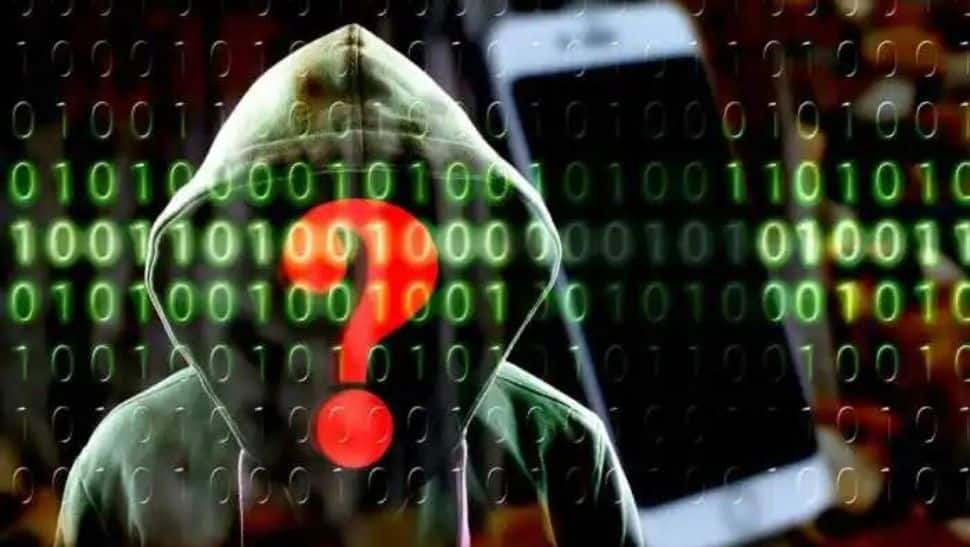Cyber Fraud: How To Avoid Bank-Related Scams? Follow These Tips
Cyber Fraud
)
Scams involving banks have spread across the entire nation. If you click on the links in messages that appear to be real, they will take you to a page that appears extremely sophisticated, but if you do, you risk losing all of your money. So how can you stay secure, especially now that these text messages seem so authentic?
Name and Number of the sender

The sender's name is one of the first indicators of a scammer. Typically, the name of the bank would be included in a message from one. VM-HDFCBK, AD-hdfcbn, and JD-HDFCBK are just a few of the message names that HDFC Bank uses to deliver communications. No bank ever uses an unlisted private number to contact its customers. So, it is obvious that any communication from a personal-looking number is fraudulent.
Links

Often, banks will send contact information or a step-by-step instruction sheet. A link would only ever be included in a message by a bank if you were attempting to use UPI to make a payment. No bank expands the financial ecosystem's links for action. Hence, if your communication has a link and says something like, "Connect your Pan to Aadhar via this link," do not click on it.
Grammar Mistake

Language and grammar are two of the simpler indicators of a fraudulent mail. These bogus texts frequently use loose language and poor grammar.
Threat

A scam is often any mail that directly threatens to halt or end services. Even when network connections remind users to recharge, they do not threaten, only imply that one must recharge "to avoid interruption" of services. The same is true for electricity bills. A scam is when a communication seems like a threat, such as "if you don't update your account will be suspended." The main distinction is that the advice-based undertone of a genuine letter contrasts with the threat-based undertone of a scam.
Trending Photos








